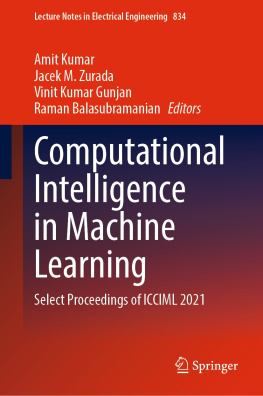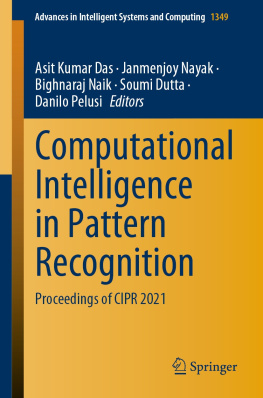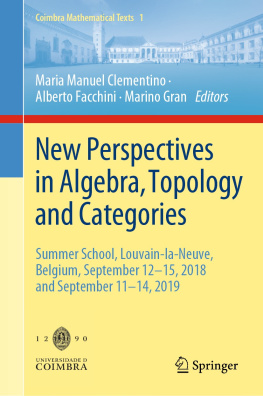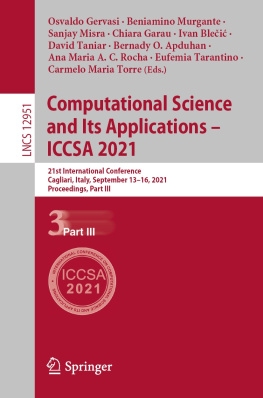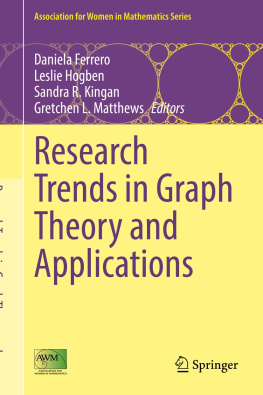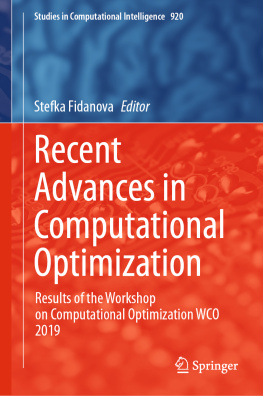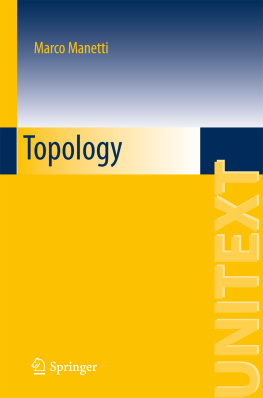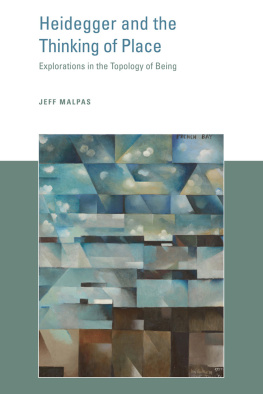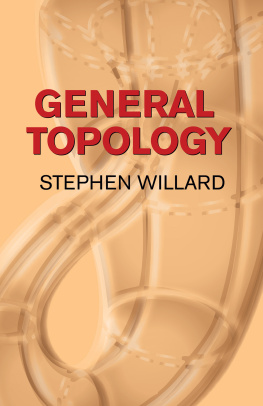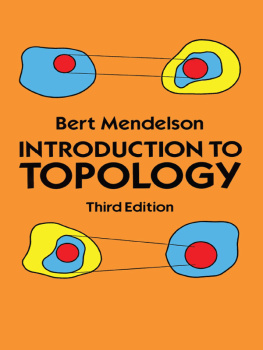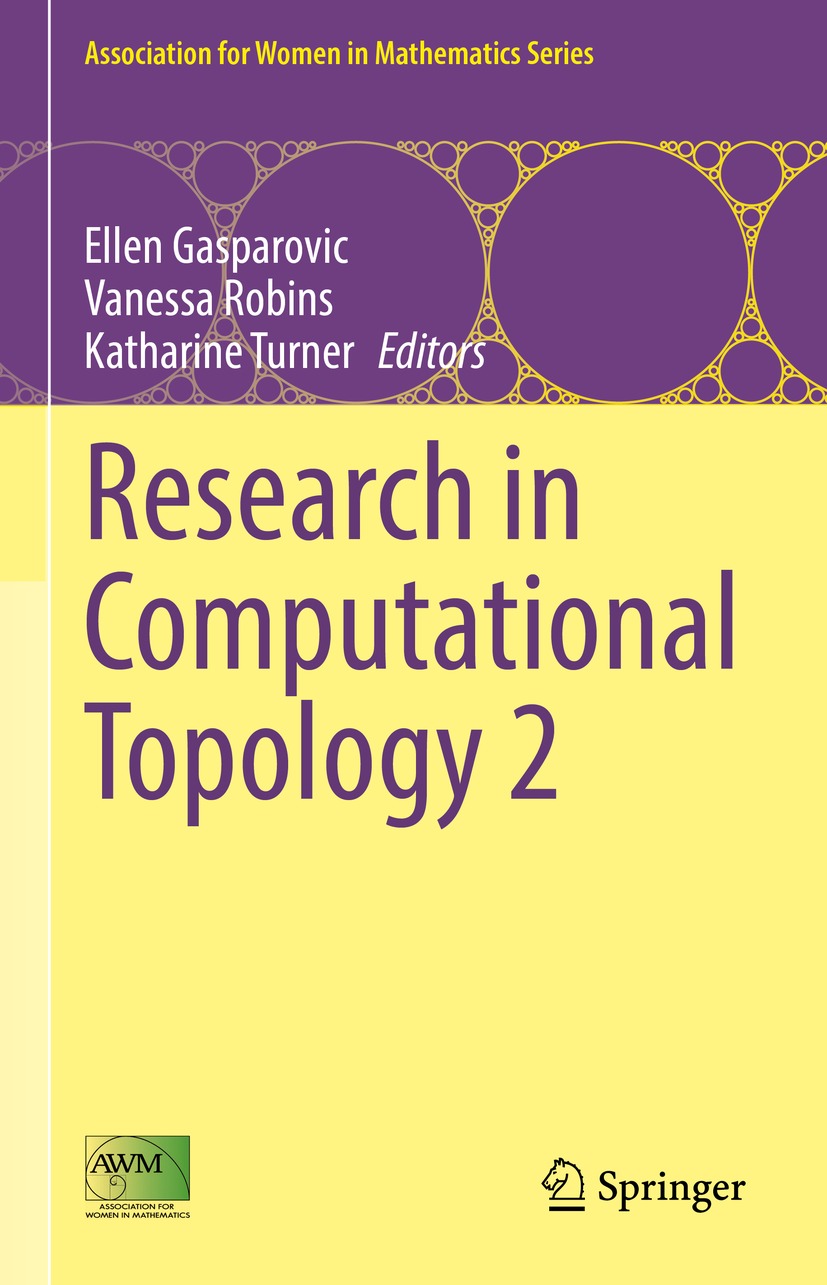Volume 30
Association for Women in Mathematics Series
Series Editor
Kristin Lauter
Facebook, Seattle, WA, USA
Focusing on the groundbreaking work of women in mathematics past, present, and future, Springers Association for Women in Mathematics Series presents the latest research and proceedings of conferences worldwide organized by the Association for Women in Mathematics (AWM). All works are peer-reviewed to meet the highest standards of scientific literature, while presenting topics at the cutting edge of pure and applied mathematics, as well as in the areas of mathematical education and history. Since its inception in 1971, The Association for Women in Mathematics has been a non-profit organization designed to help encourage women and girls to study and pursue active careers in mathematics and the mathematical sciences and to promote equal opportunity and equal treatment of women and girls in the mathematical sciences. Currently, the organization represents more than 3000 members and 200 institutions constituting a broad spectrum of the mathematical community in the United States and around the world.
Titles from this series are indexed by Scopus.
More information about this series at https://link.springer.com/bookseries/13764
Editors
Ellen Gasparovic , Vanessa Robins and Katharine Turner
Research in Computational Topology 2

Logo of the publisher
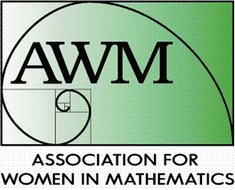
Logo of the publisher
Editors
Ellen Gasparovic
Department of Mathematics, Union College, Schenectady, NY, USA
Vanessa Robins
Research School of Physics, Australian National University, Canberra, ACT, Australia
Katharine Turner
Mathematical Sciences Institute, Australian National University, Canberra, ACT, Australia
ISSN 2364-5733 e-ISSN 2364-5741
Association for Women in Mathematics Series
ISBN 978-3-030-95518-2 e-ISBN 978-3-030-95519-9
https://doi.org/10.1007/978-3-030-95519-9
The Author(s) and the Association for Women in Mathematics 2022
This work is subject to copyright. All rights are solely and exclusively licensed by the Publisher, whether the whole or part of the material is concerned, specifically the rights of translation, reprinting, reuse of illustrations, recitation, broadcasting, reproduction on microfilms or in any other physical way, and transmission or information storage and retrieval, electronic adaptation, computer software, or by similar or dissimilar methodology now known or hereafter developed.
The use of general descriptive names, registered names, trademarks, service marks, etc. in this publication does not imply, even in the absence of a specific statement, that such names are exempt from the relevant protective laws and regulations and therefore free for general use.
The publisher, the authors and the editors are safe to assume that the advice and information in this book are believed to be true and accurate at the date of publication. Neither the publisher nor the authors or the editors give a warranty, expressed or implied, with respect to the material contained herein or for any errors or omissions that may have been made. The publisher remains neutral with regard to jurisdictional claims in published maps and institutional affiliations.
This Springer imprint is published by the registered company Springer Nature Switzerland AG
The registered company address is: Gewerbestrasse 11, 6330 Cham, Switzerland
Preface
The second Women in Computational Topology (WinCompTop) Research Collaboration Workshop was held from July 1 to 5, 2019, at the Mathematical Sciences Institute (MSI) at the Australian National University (ANU). In addition to generous support from MSI as part of their special year on computational mathematics, the workshop was partially supported by the National Science Foundation and the Association for Women in Mathematics (AWM). Additional support for participant travel and accommodation was provided by the Australian Mathematical Sciences Institute.
The 30 participants of the workshop included women from pure and applied mathematics, statistics, computer science, and physics. They represented women at all career stages from graduate student to professor, and arrived at the workshop in Canberra from Europe, the United States, and across Australia. The main goal of the workshop was to facilitate the formation of new and lasting research collaborations between junior and senior women working in the field of computational topology, growing and strengthening this cohort of women in the area. To that end, based on their research interests and backgrounds, each participant was assigned to one of four working groups headed by leading researchers in the field of computational and applied topology. The week commenced with a day of events that were open to anyone interested in learning more about computational topology and featured introductory talks from the group leaders and a poster session showcasing work from early-career participants. The remaining days included plenty of intense research time, with regular updates on progress from each group, and an ever-popular excursion to look for kangaroos on the nearby Mt. Ainslie nature reserve.
This single-blind peer-reviewed volume is the proceedings of the second WinCompTop workshop and features accepted submissions from each of the working groups as well as additional papers solicited from the wider community. The topics covered are broad in scope including theoretical developments in persistent homology, topological aspects of graphs and networks, and case studies in topological data analysis.
The Multi-disciplinary Field of Computational Topology
Computational topology is a modern, vibrant, diverse, and ever-evolving field of research that integrates computer science and algorithms with many areas of mathematics, such as algebraic and differential topology, algebra, geometry, category theory, statistics, probability, and functional analysis. Research directions range from the traditionally pure, such as questions pertaining to the decomposition, stability, and structure of homology groups, to the more applied, such as computational efficiency, parallelization questions, and intersections with statistics and machine learning methods.
Though algorithms in topology are not new, the rise of computational power and an influx of data have led to increased demand for rigorous, provable, and fast algorithms in the area. In recent years, practitioners in topological data analysis have created tools to explore the topology of data. One such tool is persistent homology or persistence, a technique that may be described via a pipeline model from geometry through topology and algebra to discrete mathematics. More precisely, data are first modeled as objects in a metric space. The next step is to filter the data to obtain a family of nested topological spaces that capture the topological information at multiple scales. Homology with field coefficients is then applied to the filtration to obtain a graded module, called a persistence module, consisting of a family of vector spaces and linear maps between them. The final step is to encode the persistence module into a discrete object such as the persistence diagram or barcode. Persistent homology provides a multiscale stable summary of the topological features of the data. Another data analysis tool from computational topology is the mapper algorithm, which is an adaptation of the Reeb graph applicable to point cloud data.



